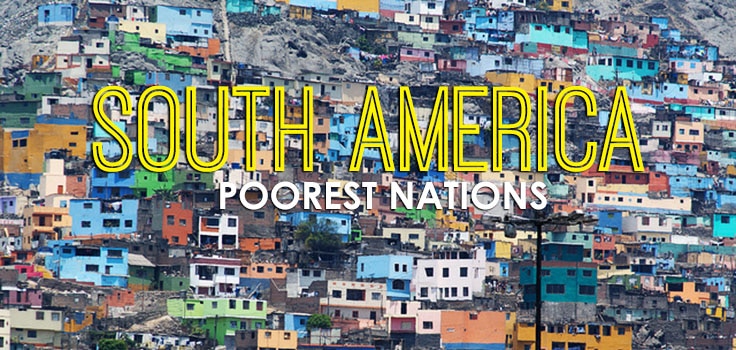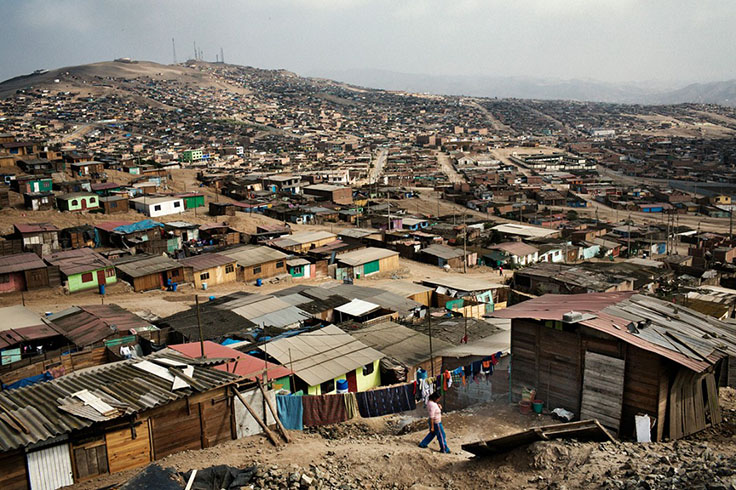Leadership, developments & the Economy starts with the PPP. They have the people's interest at heart. They're better choice for Guyana.
Replies sorted oldest to newest
President Donald Ramotar is a big fan of CPL T/20.
Abee Sweet, SWeet Guyana. Sweeter than demerara brown Sugar.![]()
President Donald Ramotar addressing audience on another major investment project of a five star hotel at Liliendaal.
President Donald Ramotar and members of his cabinet with artists at the Guyana Festival 2014.
To whom it may concern. The PPP is still the government of the day. They will not step down today, tomorrow or ever, if it's the will of the people to replace them in office. Our country's prospect looks great, and our President and his cabinet and ministries are working tirelessly to make improvement in every area affecting Guyanese across the land. Yes, a lot more could have done, but those that needed bipartisan support are blocked by the opposition lack of vision and willingness. Long live the PPP.
Dis gonna mek Baseman tek a counce.......
Poorest Countries in South America 2014
The economic gap between the rich and the poor in most South American countries is larger than in most of the other continents. Here is a brief overview of the five poorest nations in South America, according to their GDP per capita.
The Five poorest countries in South America as of 2014, ranked by GDP per capita:
5) Peru – $11,735
Even though many people claim that Peru is booming, the rural Andes and the Amazon languish in nearly feudal conditions. According to a World Bank report, a citizen of Lima earns 21 times more than a resident of the outback.
4) Ecuador – $10,055
Poverty is a major issue in this Andean nation. Wealth distribution is highly skewed in Ecuador. Around 35 percent of the population is affected by poverty. Around one and a half million people suffer from extreme poverty.
3) Guyana – $7,938
Around 43 percent of the population falls below the poverty line. Approximately two-thirds of the poor can be classified as being extremely poor, with an expenditure level below that required to purchase a minimum low-cost diet.
I am not ashamed that Guyana is a poor country. We're still better than Peru and Ecuador.
I am not ashamed that Guyana is a poor country. We're still better than Peru and Ecuador.
Around 43 percent of the population falls below the poverty line. Approximately two-thirds of the poor can be classified as being extremely poor, with an expenditure level below that required to purchase a minimum low-cost diet.
Leadership, developments & the Economy starts with the PPP. They have the people's interest at heart. They're better choice for Guyana.
another phot opportunity. IT DOES not put food on the table.
Some people choose live this way. They have no interest in uplifting themselves. We have them right here in the United States and Canada. This is not an accurate picture of housing in Guyana. It is intended to mislead and misinform those who don't know about Guyana.
I am not ashamed that Guyana is a poor country. We're still better than Peru and Ecuador.
Around 43 percent of the population falls below the poverty line. Approximately two-thirds of the poor can be classified as being extremely poor, with an expenditure level below that required to purchase a minimum low-cost diet.
Poverty in the U.S.A: Nearly 50 Million Americans on Food Stamps
US food stamp use swells to a record 47.8 million

A record number of Americans are using food stamps, known today as the Supplemental Nutrition Assistance Program (SNAP). Despite official proclamations that the recession has ended and an economic recovery is underway, families are turning to SNAP benefits in record numbers. The working poor comprise a growing number of food stamp recipients, and about half of those receiving benefits are children.
Enrollment in the food stamp program has increased by 70 percent since 2008, to a record 47.8 million people as of December 2012, the Wall Street Journal reported Thursday. The biggest factor driving the increase is the stagnating job market and a rising poverty rate. This means that a staggering 15 percent of the US population receives food stamp benefits, nearly double the rate of 1975.
In 2008, at the onset of the recession, 28.2 million people were enrolled in SNAP. While the official jobless rate, which peaked at 10 percent in 2009, had dipped slightly to 7.7 percent as of February this year, the SNAP program has continued to grow. The Congressional Budget Office (CBO) predicts that food stamp usage will drop only marginally, to 43.3 million people, by 2017. Even this estimate is predicated on the unemployment rate dropping to 5.6 percent over the next four years.
The number of people using food stamps roughly corresponds to the number of Americans living in poverty, which rose to just below 50 million people in 2011. Utilizing the Supplementary Poverty Measure (SPM), which factors in expenses for food, clothing, shelter, health care and other essentials, the US Census Bureau estimates that nearly one in six people in the US is living in poverty.
The average monthly benefit per person receiving SNAP benefits was only $133 last year. In order to qualify, a household’s income cannot be more than 130 percent of the poverty level, which is about $25,000 for a family of three, according to the Center on Budget and Policy Priorities (CBPP).
Enrollees receive benefits on a debit card, which can to be used to purchase cereal, meats, fruits, vegetables, bread, milk and other staples. When food is running low, recipients often seek out 24-hour grocery stores, waiting for 12 a.m. for their monthly benefits to kick in.
The fact that 15 percent of the population must rely on SNAP benefits has received little attention in the media or from politicians of either big business party. Earlier this week, President Obama signed a bill making permanent $85 billion in sequester cuts, which will slash billions of dollars from programs benefiting the poor, including Head Start, special education, housing and many other programs.
While SNAP technically evaded the sequester ax, other nutrition programs are facing deep cuts. The Special Supplemental Nutrition Program for Women, Infants, and Children, known as WIC, could be forced to cut almost 600,000 mothers, infants and children from its rolls. About half of all infants born in the US qualify for WIC benefits, and mothers use them to purchase food, formula and other vital necessities, as well as to access nutrition education and other services.
Due to the sequester cuts, about 4 million fewer meals will be delivered through Meals on Wheels programs, which provide daily meals to homebound seniors. For many recipients, it is not only their only hot meal of the day, but their sole connection to others in the community.
Millions of the long-term jobless—who have been forced to turn to food stamps—will also see an 11 percent cut to their extended unemployment benefits. The sequester cuts—which will constitute the baseline of future allocations of federal spending—come as the need for social programs benefiting working families is increasing at a rapid pace due to falling wages, unemployment and growing poverty.
The US government spent a record $74.6 billion on SNAP benefits last year, more than double the $30.4 billion spent on the program in 2007. Rules adopted under the Clinton administration allowed some leeway for states in allowing residents to qualify for benefits.
In 2001-2002, six states eased the income and asset requirements for SNAP benefits, making it somewhat easier for people to qualify if they had a low-wage job, or some savings. By 2009, in response to the recession, 17 states and US territories eased their eligibility requirements. Today, three out of four households receiving SNAP benefits include at least one person who is working.
The Obama administration’s 2009 stimulus bill expanded the SNAP program, raising the level of benefits recipients can receive, and allowing people to keep their benefits longer. This expansion is set to expire on October 31, and there are no moves afoot to extend it. The CBPP estimates that food stamp benefits will decrease by $8 per month per person with this expiration.
As of November 1, SNAP benefits will be returned to the level of the so-called Thrifty Food Plan, the lowest of four nutrition estimates calculated by the US Department of Agriculture. The four plans—Thrifty, Low-Cost, Moderate Cost, and Liberal—vary widely in cost. In February 2013, a family of four with two children on the “Thrifty” plan was expected to budget $636 a month for food at home, while the same family on the “Liberal” plan would spent $1,257—almost double the amount.
As with all aspects of social life in America, there is one standard for the working class and another for the wealthy. In this case the divide is between those who struggle to provide adequate nutrition for their families under conditions of rising costs for housing, utilities and other necessities, and the tiny elite who think nothing of splurging on a restaurant meal with a tab far in excess of the “Liberal” monthly budget for a family of four.
Almost half the children presently receiving SNAP benefits—some 10 million—already live in extreme poverty, which means household income is less than half the official poverty level, already set an unrealistically low level. Another 9 million receiving food stamps are elderly or have a serious disability. The cuts in SNAP benefits will quite literally take food off the table for millions of American families at a time of deepening poverty and burgeoning social inequality.
Aright Aright, just so yall stupidy rass feel good here;
Leh we say Guyana got no problems whatsoever, everyting irae mon, wuk easy fo get, dem boys living high pon de hog, life good, nobody ain need nuthing, no mo blue barrels need fo come from dem fareiners, no mo money needs to be sent down from all parts of the earth, Guyana boomin tarass...
even punani price stayin stable.
dem boys here say dis.
Oh yeah an so yall doan forget, sweet sweet Guyana even deh higher pon the list dan Peru an Eckquador oh yeah one mo ting, Guyana even lil higher dan Haiti...so heh tek dat.
Guyana boomin tarass.









